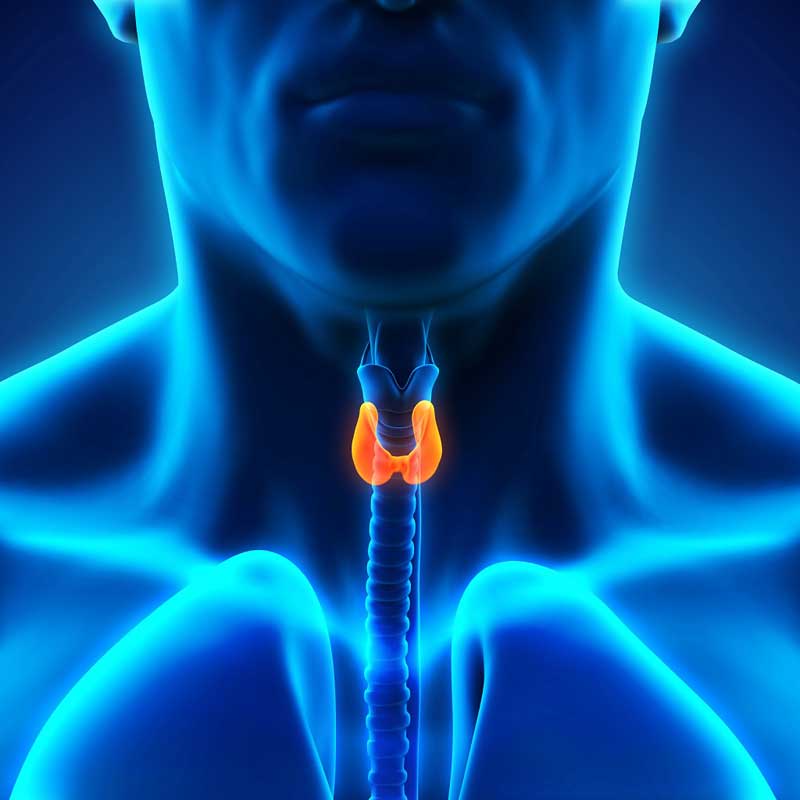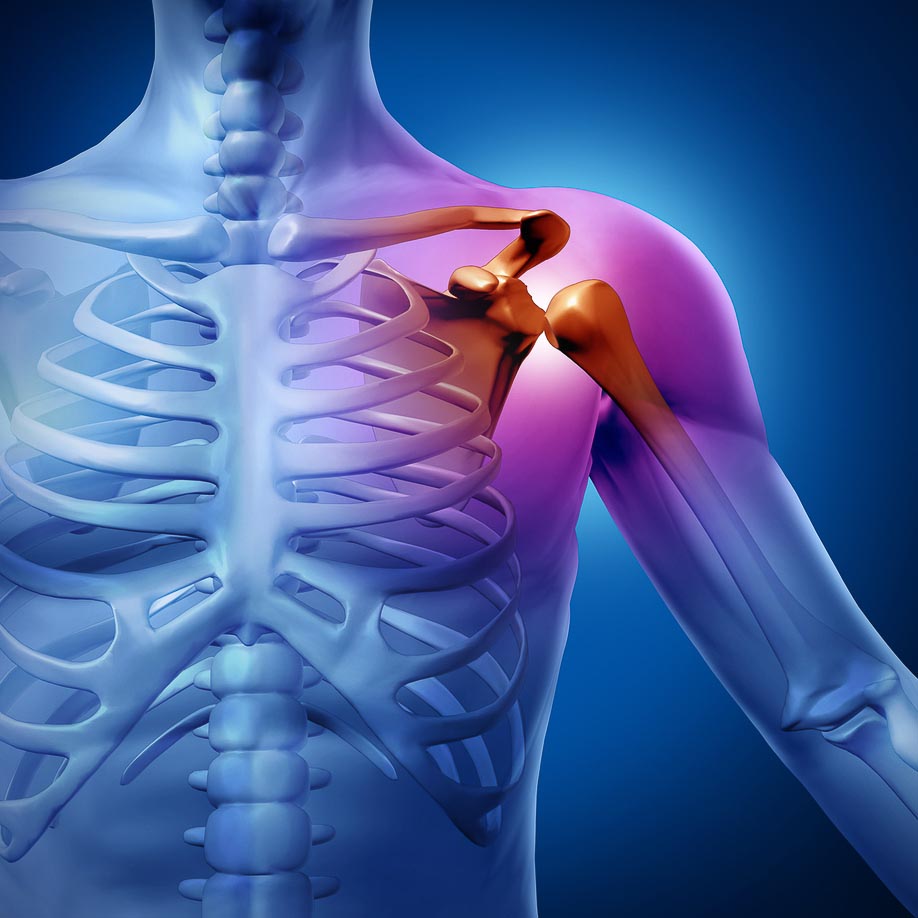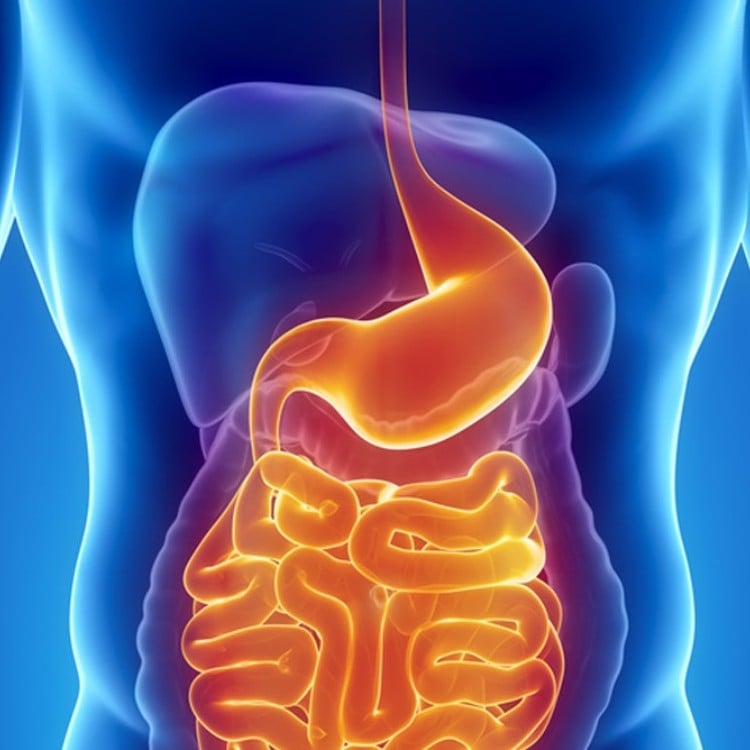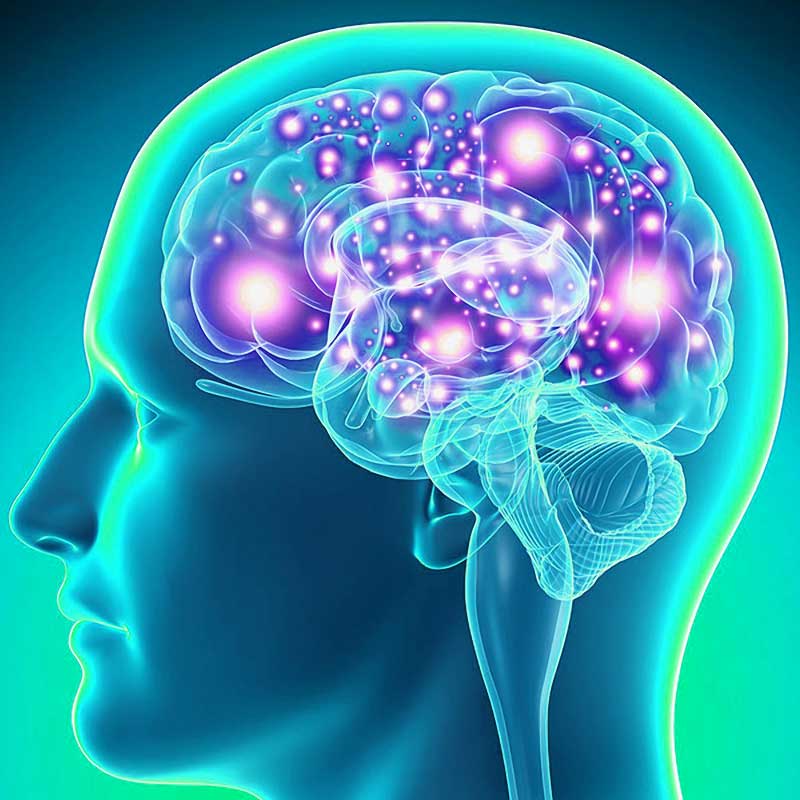Follow Along with the NCCPA™ PANCE and PANCE Endocrine System Content Blueprint
- 24 PANCE and PANRE Endocrinology Content Blueprint Lessons
- 74 Question Endocrinology Comprehensive Exam
- Comprehensive Endocrine System Lecture and Slides with Joe Gilboy PA-C (video lesson)
- Endocrinology Pearls Flashcards
- 7 Endocrinology Pearls High Yield summary tables
- Picmonic™ integrated Blueprint Lessons
- ReelDx™ Integrated Patient Video Content (available to Smarty PANCE ReelDx level subscribers)





